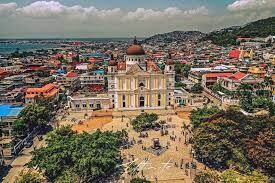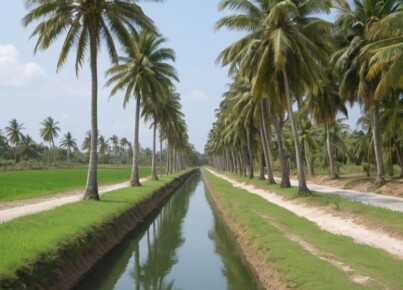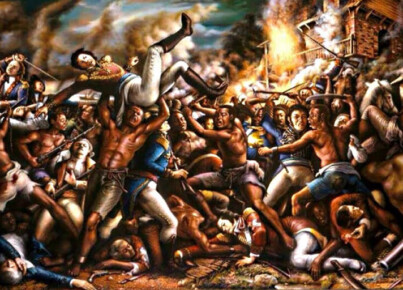Cap-Haïtien, often referred to simply as “Au Cap,” or “Kap peyi-am” is a historical city located on the northern coast of Haiti. It has played a significant role in the country’s history, and its local festivities and culture reflect its rich heritage.
History: Cap-Haïtien was founded in 1670 by the French, and it quickly became an important colonial port and trade center. During the colonial era, it was known as “Cap Français” and was one of the wealthiest and most prosperous cities in the Caribbean due to its sugar and coffee production. The city’s historical significance is deeply tied to Haiti’s struggle for independence.

In 1791, the Haitian Revolution, a slave rebellion against French colonial rule, began near Cap-Haïtien. The city played a pivotal role in the revolution, with leaders like Toussaint Louverture and Jean-Jacques Dessalines leading the fight for independence. The revolution eventually led to the founding of the Republic of Haiti in 1804, making it the first independent Black nation in the Western Hemisphere.
Local Festivities and Culture: Cap-Haïtien’s local festivities and culture are a blend of African, French, and indigenous influences, shaped by its history and the resilience of its people. Some of the notable aspects of its culture and festivities include:
- Carnival: Like the rest of Haiti, Cap-Haïtien celebrates Carnival with vibrant parades, music, dance, and elaborate costumes. Carnival season usually occurs in February or March and is a time of joy and celebration.
- Religious Festivals: Cap-Haïtien has a strong religious identity with a mix of Catholicism and Vodou, an indigenous spiritual practice. Local festivals often involve ceremonies, processions, and rituals that blend elements of both religions.
- Music and Dance: The city has a rich musical tradition, including traditional Haitian music genres like compas, rasin, and twoubadou. These genres are often performed during various celebrations and gatherings. Dance is also an integral part of Cap-Haïtien’s culture, with traditional dances often accompanied by live music.
- Historical Sites: Cap-Haïtien is home to several historical sites that reflect its colonial and revolutionary past. The Citadelle Laferrière, a massive mountaintop fortress built to defend against potential French invasions, is a UNESCO World Heritage Site and a symbol of Haitian independence.
- Art and Craftsmanship: The city has a thriving arts and crafts scene, with local artisans creating intricate wood carvings, paintings, and crafts that often draw inspiration from Haiti’s history and culture.
- Local Cuisine: Haitian cuisine is a mix of indigenous, African, and European influences. In Cap-Haïtien, you can find traditional dishes like griot (fried pork), rice and beans, fried plantains, and seafood-based dishes.
Cap-Haïtien’s history and culture are intertwined, shaping the city’s identity and the way its people celebrate and express themselves through festivities, art, music, and more.




You must be logged in to post a comment.